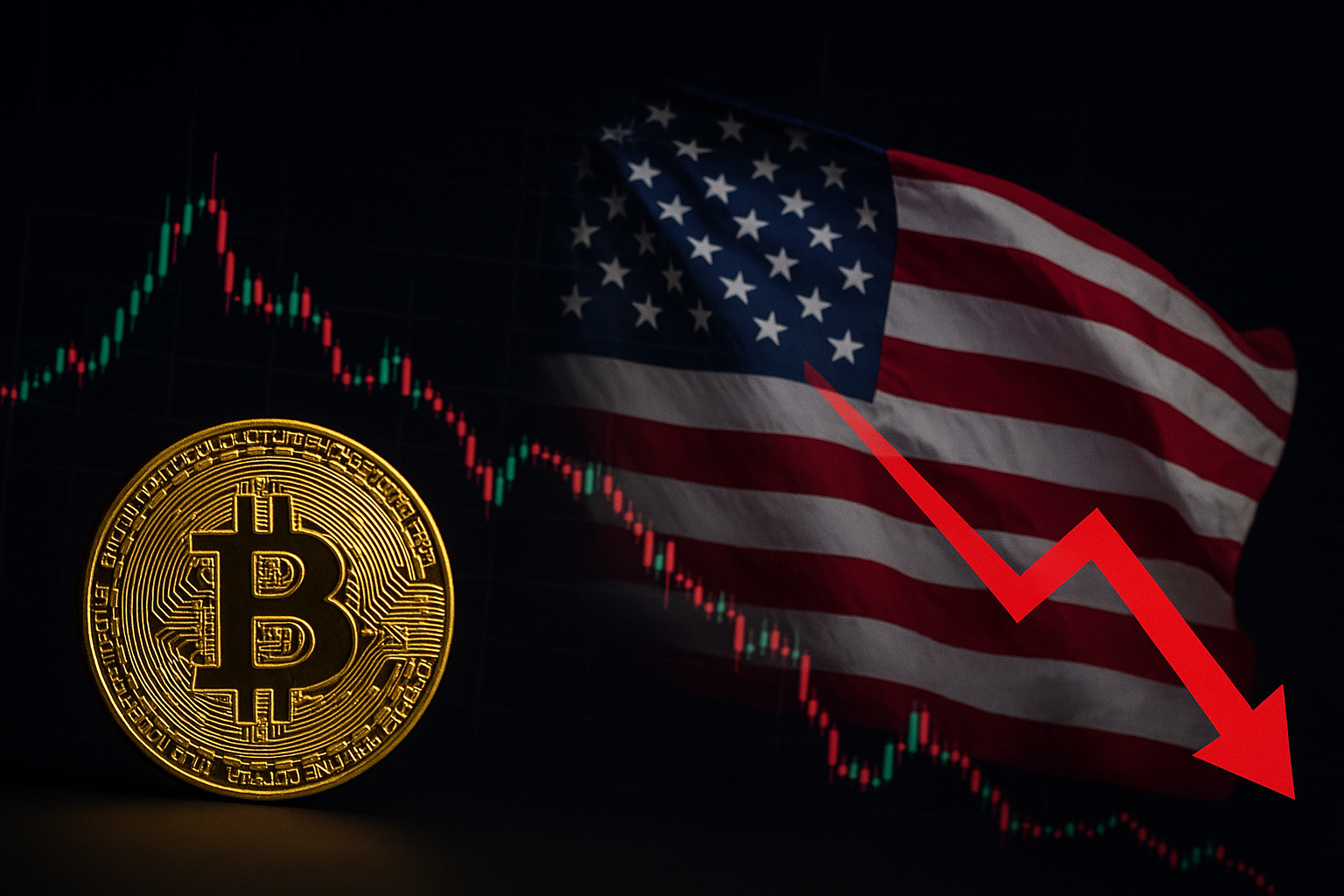Author: BlockWeeks
The past 72 hours have been confusing for cryptocurrency traders. After more than 40 days of government shutdown, the U.S. government finally announced its reopening, but the market's anticipated celebration did not materialize. Instead, we witnessed a textbook-style crash in both the U.S. stock and cryptocurrency markets on November 13, with Bitcoin's price quickly retreating after the confirmation of the news, briefly falling below the critical psychological level of $100,000.
The market seems to be at a standstill. On one hand, the macroeconomic tailwinds (the Federal Reserve's easing policy) are stronger than ever; on the other hand, short-term price action shows signs of fatigue and uncertainty.
The core question investors face now is: Are we experiencing a healthy pullback within a larger structural bull market, or is this the beginning of a four-year cycle bear market?
To answer this question, we must break down the three conflicting core narratives currently present in the market.

1. Seeking the Sword: Why Did the 2019 Script Fail?
Many traders have referenced the market performance after the government reopened in January 2019. At that time, Bitcoin soared from about $3,500 to $13,000 over the next five months, an astonishing increase.
However, the 2025 market has clearly not replicated this script.
BlockWeeks interprets this as: the market has matured.
Unlike in 2019, the 2025 market has fully priced in the certainty of "the government will eventually reopen" over the course of more than a month. When the shoe finally dropped, it was no longer the "alpha" driving prices but merely a confirmed "beta."
The drop on November 13 indicates that the market's short-term focus has shifted from the positive news of political reconciliation to concerns about other areas (such as the potential bursting of the AI bubble or the overvaluation of tech stocks). This is a signal of market weakness, but it is more about short-term sentiment and profit-taking rather than a structural collapse.
2. The Anchor of Macro: The True Leader is the Federal Reserve, Not the White House
If the government reopening is merely "noise" in the market, then the Federal Reserve's monetary policy is the "signal" that determines medium to long-term trends. And this signal is exceptionally loud and clear.
Interest Rate Shift: The Federal Reserve cut interest rates for the second time this year on October 29, lowering the federal funds rate target to 3.75%-4.00%. The market widely expects a third rate cut in December (though this is still uncertain).
Stopping QT (Quantitative Tightening): The Federal Reserve has officially ended the reduction of its balance sheet.
The Ghost of QE (Potential Wild Card): More importantly, due to the pressures in the financing markets (especially the repo market) during the government shutdown, the market is now beginning to discuss the possibility of the Federal Reserve restarting asset purchases (QE) to provide liquidity for the massive fiscal deficit.
Analysis: We are in a clear macro liquidity easing cycle. Rate cuts and the cessation of QT have provided solid bottom support for risk assets. If the Federal Reserve is forced to restart QE (i.e., "printing money"), it will not be a question of "whether to be bullish," but rather "how bullish to be."
Historically, Bitcoin, as a digital scarce asset with a constant supply, has a highly positive correlation with the global (especially U.S.) M2 (broad money supply) and the size of central bank balance sheets.
The actions of the Federal Reserve are structurally bullish, far outweighing any short-term political events.
3. Cycle and Valuation: Where Are We?
We must acknowledge that the market is in a bull market cycle following the 2024 halving. From any long-cycle indicators (such as MVRV-Z Score or Pi Cycle Top), the current market, while still showing signs of a bubble, does not exhibit the extreme bubble top signs seen in 2017 or 2021.
The pullback on November 13, based on preliminary on-chain data, appears more like a high-leverage liquidation. Excessively high futures funding rates normalized quickly during the price drop, which helps the market move upward more healthily. We have not seen large-scale panic selling from long-term holders (LTH), indicating that the belief in the bull market remains solid.
Conclusion: Is This the Beginning of a Bear Market, or a "Halftime" in the Bull Market?
In summary, BlockWeeks believes:
What we are currently experiencing is more like a "deep consolidation within a bull market," rather than the "beginning of a bear market."
Short-term (weeks): The market will remain highly volatile. After the positive news of the "government reopening" has been fully priced in, the market needs to find a new narrative to drive prices. The $100,000 threshold for Bitcoin will become a battleground for both bulls and bears.
Medium to long-term (months): The decisive factor is the Federal Reserve. As long as the macro liquidity faucet remains open (rate cuts + stopping QT), and even with expectations of "restarting QE," any pullback caused by short-term sentiment or deleveraging may ultimately prove to be an opportunity to accumulate positions.
Advice for Investors:
In the current market where "signals" and "noise" coexist, distinguishing between the two is crucial.
Do not be misled by "noise": The "sell the fact" triggered by the government reopening is a short-term emotional release.
Focus on the "signal": The Federal Reserve's balance sheet and interest rate path are the true "North Star" for cryptocurrencies and all risk assets.
Risk Warning: The only black swan risk lies in a collapse in other markets (such as the overvalued AI sector), leading to a systemic "de-risking" event. At that time, all assets (including Bitcoin) may be affected by short-term liquidity squeezes. However, even so, this would resemble a replay of March 2020 (macro event shock) rather than the bear market of 2022 (industry-wide deleveraging).
免责声明:本文章仅代表作者个人观点,不代表本平台的立场和观点。本文章仅供信息分享,不构成对任何人的任何投资建议。用户与作者之间的任何争议,与本平台无关。如网页中刊载的文章或图片涉及侵权,请提供相关的权利证明和身份证明发送邮件到support@aicoin.com,本平台相关工作人员将会进行核查。




